The seeds you plant in your lawn are one of the most important things you'll decide on, regardless if you're a newbie gardener or a long-time enthusiast. Choosing high-performing grass seeds is crucial so you can look forward to having a beautiful green lawn. So, which seed should you get--ones from Lesco or Scotts? We have laid out all the facts for you.
Both Lesco and Scotts grow high-quality grass that can improve your lawn. Of course, they each have their own qualities that can or cannot match your limitations and expectations. Below are their pros, cons, and differences:
Leso Seeds Pros:
- Weed-Free
- High germination rate
- Good for sunny locations
- Drought-tolerant and can handle medium to high traffic
- Can handle humid zones
- It has varieties for different kinds of climates (cool season seeds and warm season seeds)
- It has no fillers
Leso Seeds Cons:
- Expensive
- You need to watch out for weak and thin germinations
Scotts Seeds Pros:
- Cemented its reputation to be a leading producer of turf seeds
- Can tolerate almost any climate and weather patterns
- Easiest to use
- Grows quicker than advertised
- Drought-tolerant
- Can grow even amid grub damage
Scotts Seeds Cons:
- It can sometimes grow better in shaded areas
Lesco and Scotts seeds can be challenging to differentiate since they both have excellent qualities, but you'll want to know what can possibly make one better than the other if you want to get the best value and grow your lawn without too much time, cost, and energy. Keep reading below to learn more about these two turf builders.
Why Should You Choose Lesco?
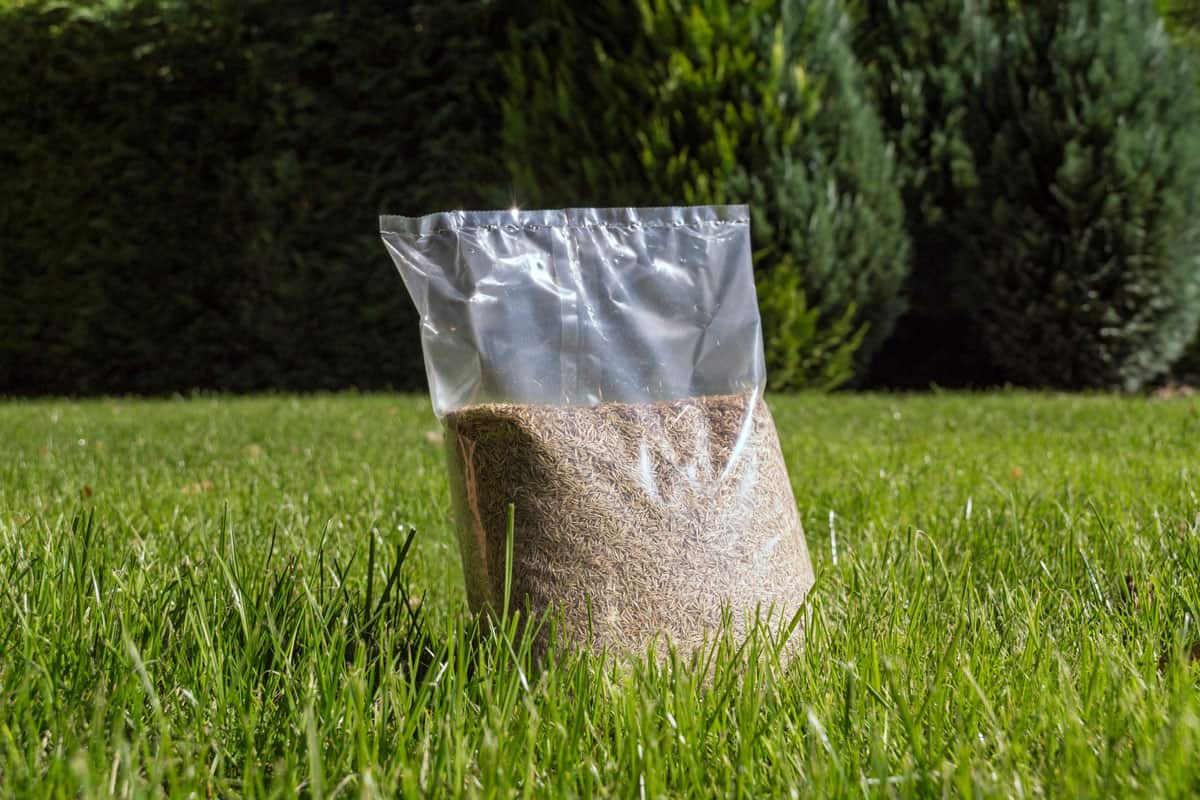
Lesco is one of the most sought-after turf builders because of the deep green grass that it yields. It makes the lawn look healthy and thriving, which will improve the overall look of your garden.
Lesco is a weed-free grass seed, so you can be assured that you'll have a healthy and thriving lawn as long as you maintain it. It is drought-resistant and ideal if you live in a place with a temperature of over 75F.
This turf builder is also a great option if you are looking forward to hosting parties or if you want to build a mini golf course since this turf can handle the high activity.
Make sure to choose the seed variety that corresponds to your area's climate. Use Cool season seeds if you deal with cold winters and warm summers, and use Warm season seeds if you live in a tropical and sunny area.
Why Should You Choose Scotts?
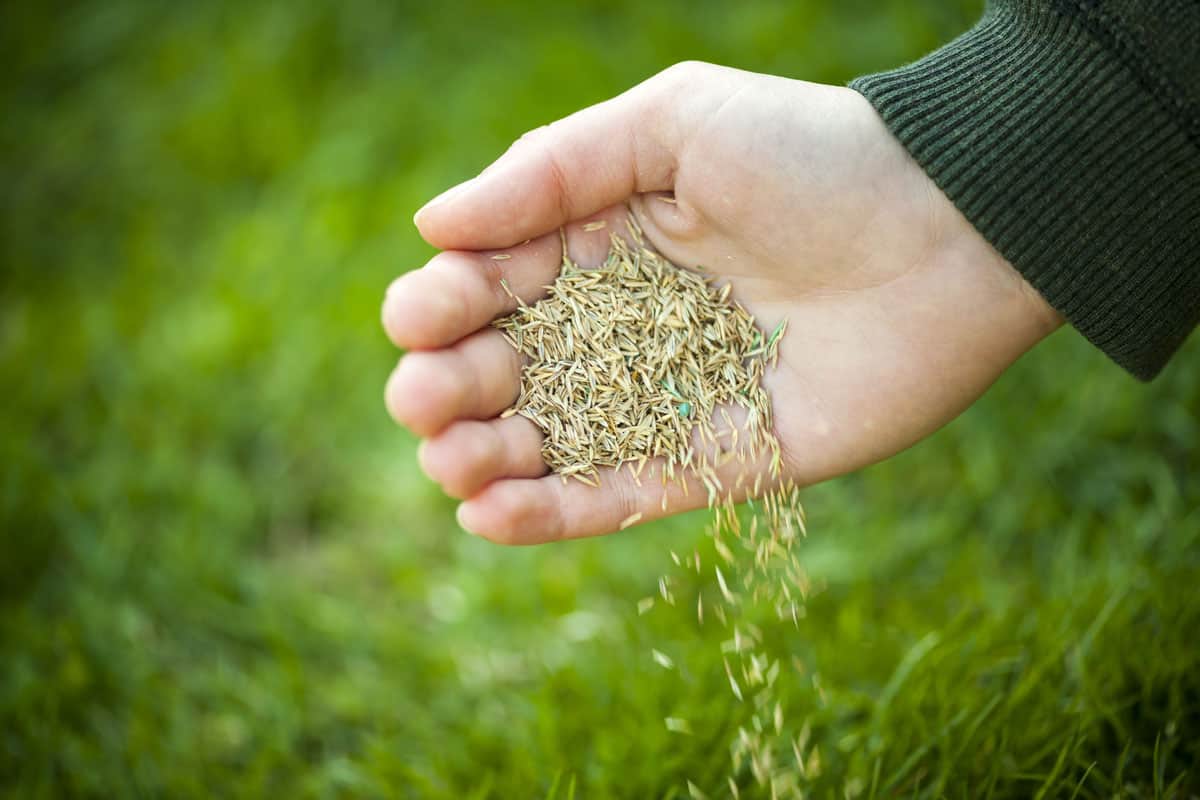
The Scotts seeds are integrated into a super-compressed mulch that retains moisture, so it doesn't dry out easily. The protective moisture-retaining layer also makes it easier to apply this onto your turf compared to other seed mixes.
Some Scotts seed mixes also contain fertilizers that ensure that your grass will have a deep and healthy green shade on your turf.
Scotts seeds are the best turf builder if you notice bald patches with grub damage and want to grow grass in these problem areas.
This is also a great go-to seed since it has a great reputation for repairing lawns, even if you encounter unpredictable weather conditions. This seed mix is the ideal quick fix for lawns and gardens that need a little sprucing up.
Lesco vs. Scotts -- Which One Is Better?
Scotts seed mixes have more fertilizer and mulch than seed, while Lesco seeds are 100% grass seed.
If you want to spend less time taking care of the growing grass, Scotts may be a good pick, especially if the lawn will receive a lot of sunlight.
In contrast, Lesco seeds will need more attention and tending because it is 100% grass seed. However, it will likely grow thicker and more abundant grass in a few weeks.
How To Grow Turf Seeds
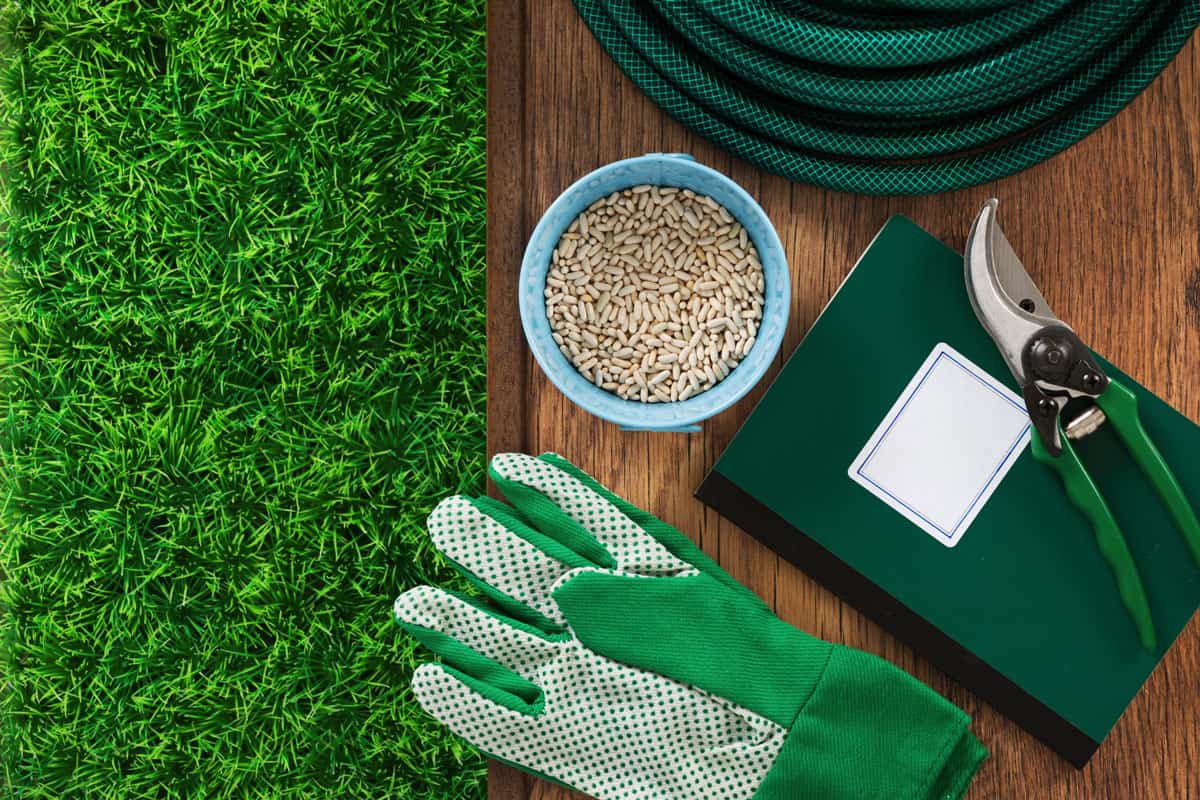
Now that you've chosen the right grass seeds, it's time to know how to plant them.
Make sure to do each step carefully so that you can be assured of healthy growth and your lawn will look healthy and thriving.
Here is how you can grow your grass seeds:
Remove Old Grass (If Applicable)
This one is subjective: you can remove the entire grass if you want a clean slate or rough up the soil if you want to spruce up the bare spots before you fill them in with turf grass.
If you intend to remove the entire old grass, here's what you should do:
- Use a nonselective herbicide, taking caution on how you use it.
- Use a tiller, a core aerator, or a shovel to loosen the soil.
If you don't want to use a herbicide, you can use a sod cutter. Be careful with handling it to avoid accidents.
Check the Soil Quality
Once the soil is loosened, check its quality and pH level and amend as necessary. This will ensure that the grass grows and thrives for a long time.
The ideal soil pH is around 6.0 to 7.5 and is well-draining. If your soil has high pH, apply elemental sulfur to the soil. If it is highly acidic, you need to inject lime into it.
After amending the soil, apply fertilizer and nutrients, especially if you intend to use pure grass seeds in the soil.
Make sure to remove rocks and put organic matter into the soil to improve soil aeration without compromising moisture retention. This will encourage seed germination.
Choose the Best Seed and Apply It On The Lawn
Once your soil is amended, you need to pick the best seed that would adapt well to your general climate.
For instance, if you live in northern states, it is best to go with Lesco's cool season seeds. If you want to purchase from another brand, ask for cool-season grasses.
Kentucky bluegrass, Fine Fescue, and Bentgrass are some of the best cool-season grasses that are perfect for the northern climate.
Note that if you choose Kentucky bluegrass, it will need to be planted on a lawn that will have access to full sunlight.
If you're worried about your lawn's soil, Fine fescue can tolerate less-than-ideal soil conditions.
If you live in southern states, choose warm-season grasses or Lesco's warm-season seeds. Some of the best warm-season grasses include Bermudagrass, Centipedegrass, and Zoysiagrass.
Bermudagrass is known to be very hardy and tolerates high activity. It is often found in tropical countries so it would thrive in sunny and warm climates.
If you go for Centipedegrass, you will need to watch over it since it grows slowly. It can become a duller shade if exposed to colder temperatures. However, this grass is generally low-maintenance.
Apply these seeds to your lawn or onto the bald patches as needed.
Water the Growing Grass
Now that you've planted the grass seeds, you will now need to watch over and water them as necessary. This is very important because the seeds will only germinate once.
Your watering should leave the grass consistently moist but not oversaturated with water. There shouldn't be water puddles on top of the soil.
Here's how you should water the growing grass:
- Water the grass twice: Once in the morning and once in the afternoon. However, water only in the afternoon if you notice that the moisture has evaporated because of the heat.
- A light spray would often suffice, especially when the grass is maturing.
Buffalograss and bermudagrass would germinate normally after 7-28 -days. Centipedegrass, Fescue grass, and Kentucky bluegrass would germinate after 14-21 days.
How Often Should You Mow?
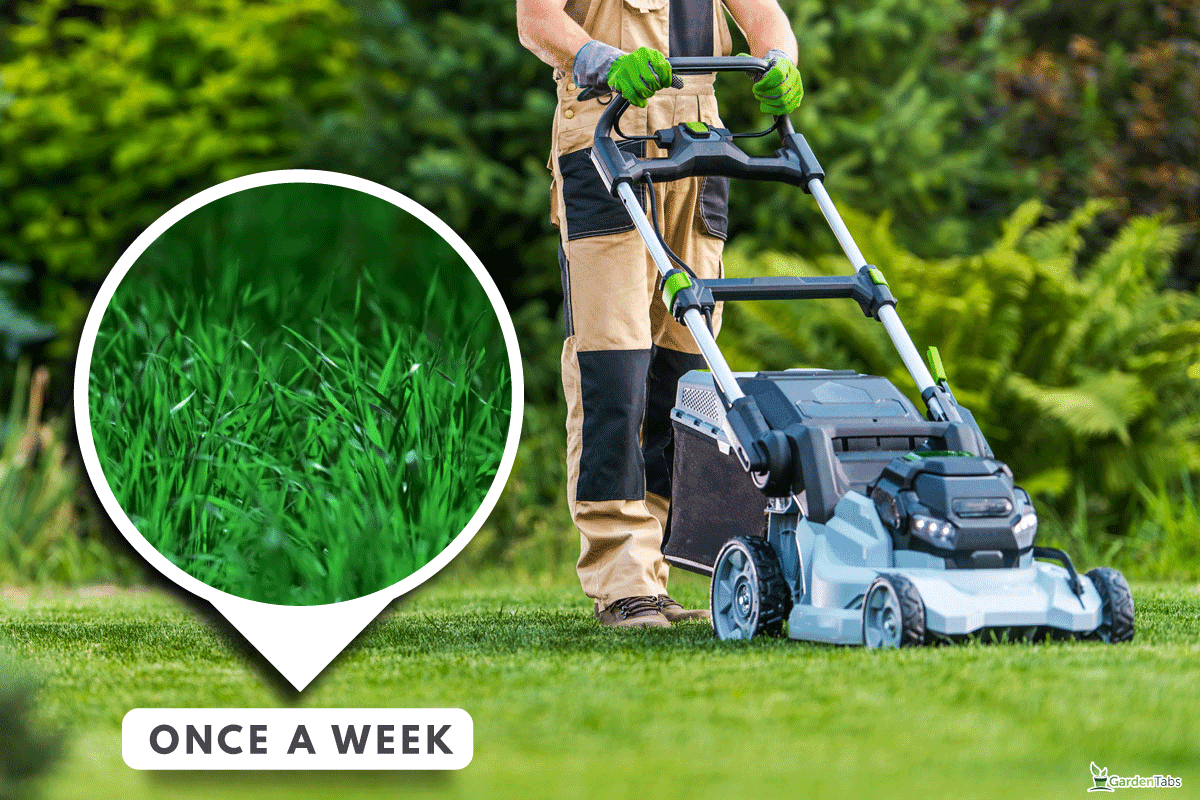
Once established, mowing once a week is enough during the grass's growing season. During their dormant season, you can just cut the grass every other week to keep the lawn tidy and healthy.
Make sure that your mower's blade is sharp so that it doesn't tear the grass and damage developing grass blades.
What To Do After The First Mow
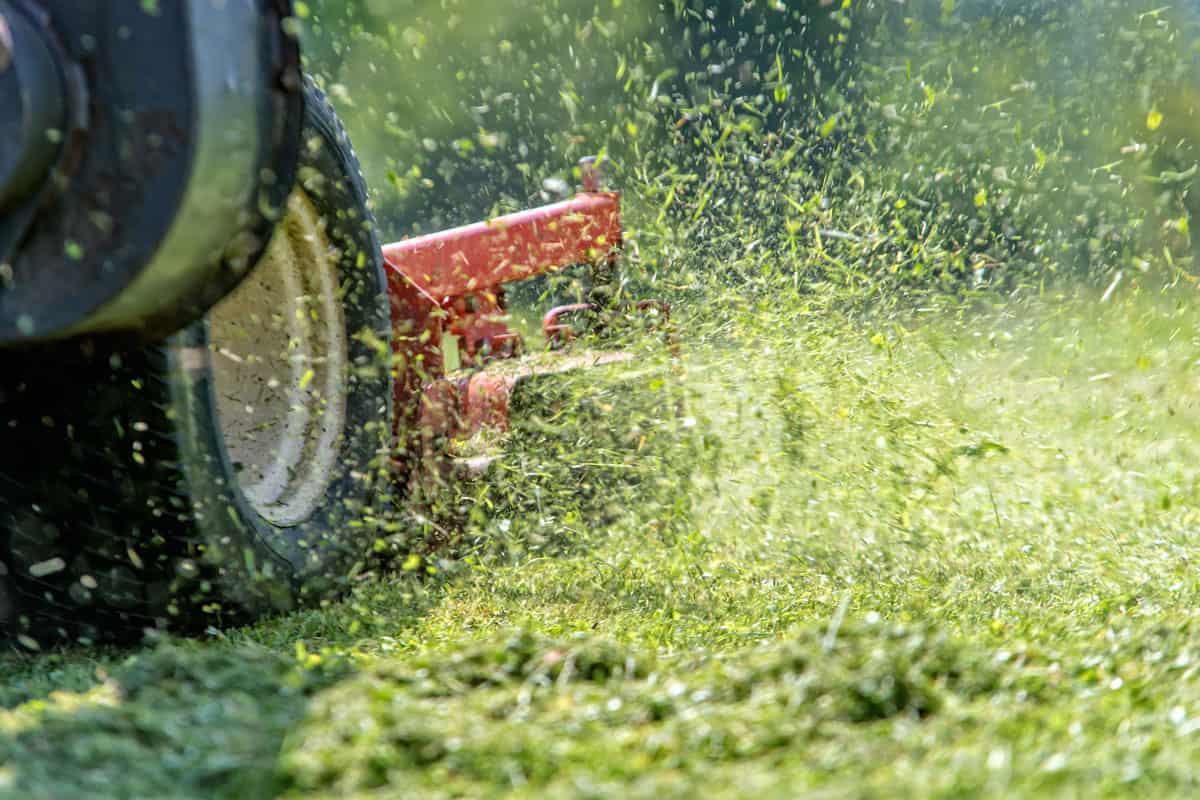
After your first mowing, water the grass at least twice a week, making sure the water reaches six inches deep. Don't walk on them during this period. Continue your previous shallow watering after 8 weeks.
Final Thoughts
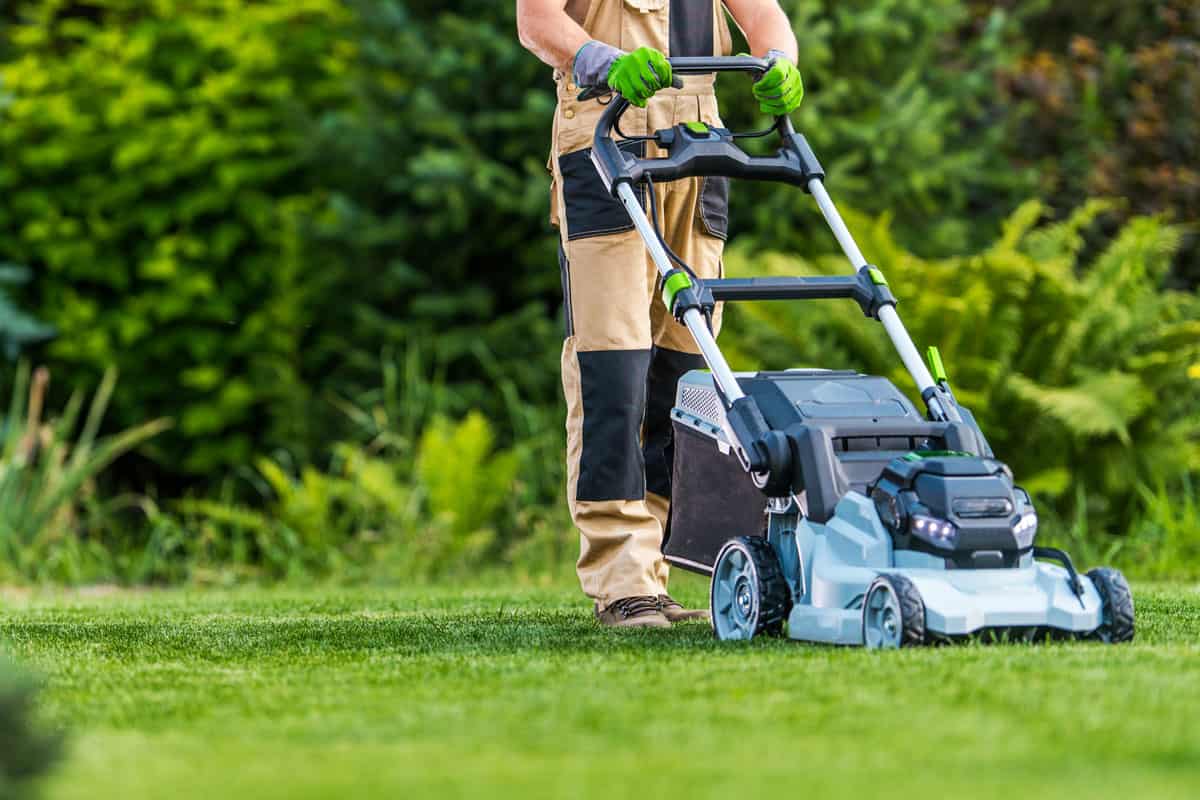
Both Lesco and Scotts Seeds are reliable and are sure to germinate well if you follow the best practices with your soil preparation. As always, take care of your new lawn during the first few weeks, so it doesn't get damaged.
If you found this article informative, check out our other posts:
Can Grass Grow In Clay Soil? [Inc. The Best Kinds To Use]
What Are The Best And Worst Types Of Soil For St Augustine Grass?
